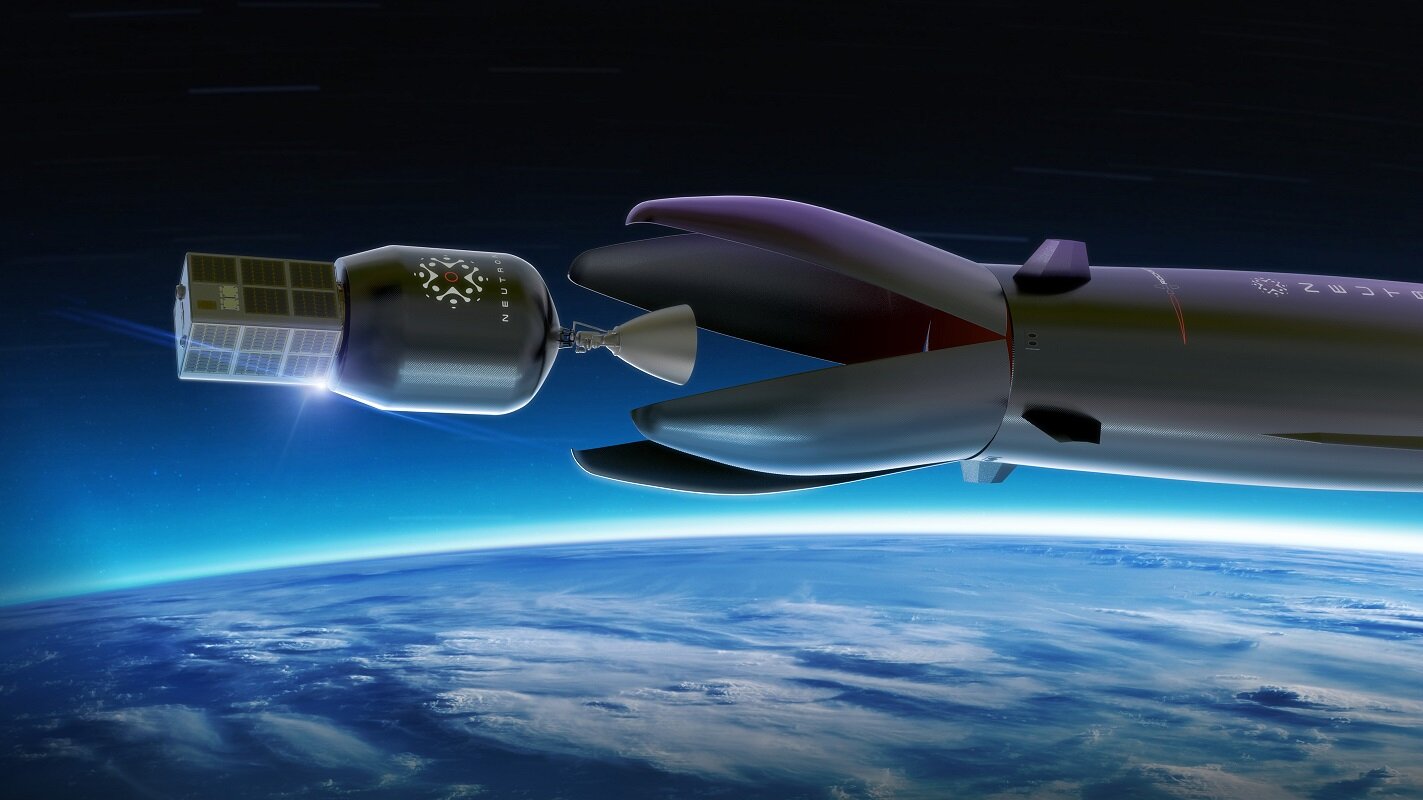Rocket Lab says it could launch its first Neutron rocket before the end of the year as it outlines a long-term vision for the company that involves its own satellite constellation.
In a February earnings call to discuss the company’s fourth quarter and 2023 financial results, Rocket Lab executives said development of its Neutron medium-lift reusable rocket was on schedule and budget, with a goal of a first launch before the end of the year.
“Right now, we have a schedule that closes for a launch by the end of the year,” Peter Beck, chief executive of Rocket Lab, said of Neutron. “But, we’ve got a lot of testing to get through.”
In the call, he outlined the progress the company was making on various components of Neutron, such as avionics and structures, as well as construction of Neutron’s launch pad, Launch Complex 3 on Wallops Island, Virginia. However, the company has yet to start hot-fire tests of the Archimedes engine that will power Neutron.
Beck said Rocket Lab was completing a test stand for Archimedes at NASA’s Stennis Space Center in Mississippi, allowing it “to support an engine by the end of March,” but did not disclose when the company expected to start firing the engine on the stand.
Those tests, when they do begin, will provide some clarity on the schedule for Neutron. “We’ll know more about how close to the schedule and timeline we are once Archimedes breathes fire and we complete a couple of other major tests,” Beck said.
An industry source, speaking on background, described a schedule of less than nine months from first engine hot-fire to first launch as “exceedingly optimistic,” citing development timelines for other vehicle programs where it can take years from first engine test to first launch. Later in the call, Adam Spice, Rocket Lab’s chief financial officer, acknowledged a Neutron launch by the end of the year was a “green-light schedule” where there are no problems in the vehicle’s development.
One reason the company is pushing to get Neutron launched before the end of the year is to ensure that it can be eligible for the first Lane 1 awards under the U.S. Space Force’s National Security Space Launch Phase 3 contracts.
Completing Neutron will also allow the company to reduce its capital expenditures and move towards profitability. Spice said the company estimated in 2021 spending $250 million to $300 million on Neutron and having it ready in 2024. “We are remarkably intact on the estimates we put in place at the time,” he said.
The company used the earnings report to also announce a new lineup of spacecraft buses. The company had previously developed several different kinds, all under the Photon name, but is now offering four distinct vehicles:
- Photon, the original bus designed for small spacecraft missions in low Earth orbit.
- Lightning, a larger bus based on the ones it is developing for Globalstar and the Space Development Agency.
- Pioneer, a spacecraft with greater performance for “unique mission profiles,” like the recent Varda Space Industries space manufacturing mission; and
- Explorer, a spacecraft with high delta-V for interplanetary missions, like the ESCAPADE Mars spacecraft Rocket Lab is development for NASA.






